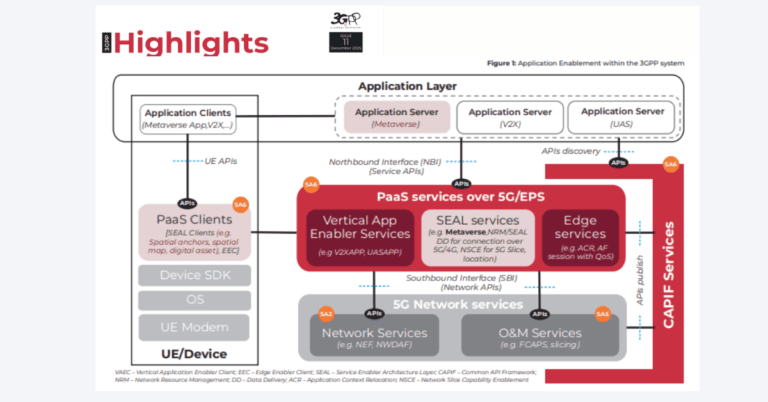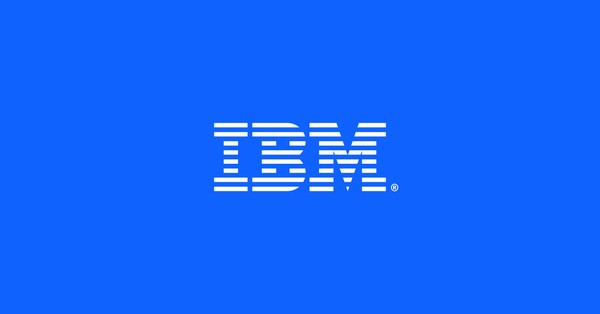The digital infrastructure sector is at a pivotal moment. The explosive growth of data consumption, the rise of AI-driven workloads, the proliferation of cloud services, and the expansion of edge computing are all converging to reshape the landscape for fiber, data centers, and telecom providers.
As operators, investors, and enterprises navigate this rapid evolution, understanding the key trends shaping the market is critical for strategic decision-making. From surging fiber deployments to aggressive data center expansions and new investment models in telecom, the underlying forces are redefining how the digital economy will scale in the coming decade.
In this article, we break down the major trends currently driving growth across fiber, data centers, and telecom, and what they mean for the future of digital infrastructure.
1. Fiber Growth Trends: Expanding Beyond Urban Centers
Fiber is the foundational layer of digital infrastructure, and its deployment has accelerated dramatically over the past several years. Historically concentrated in urban and suburban centers, fiber expansion is now increasingly reaching into rural and secondary markets, driven by a combination of demand, government funding, and strategic necessity.
Key Fiber Trends:
- AI and Cloud Demand: The rise of AI and hybrid cloud models is pushing enterprises to require direct fiber connections not just to major data centers but across metro regions and secondary hubs.
- Federal and State Funding: Programs like BEAD ($42.45 billion) are catalyzing fiber builds into historically underserved areas, opening new markets for network operators.
- Middle-Mile Investments: Critical investments are being made to expand middle-mile networks — the essential link between local last-mile networks and internet backbones, ensuring end-to-end high-speed connectivity.
- Open Access Momentum: Although still early, there’s growing adoption of open-access fiber models in the U.S., enabling multiple service providers to utilize shared fiber infrastructure, driving competition and improved consumer access.
Fiber is no longer a “nice-to-have” it is a non-negotiable asset for communities, businesses, and economic development initiatives. As applications from autonomous vehicles to precision agriculture grow, ubiquitous fiber will be a requirement, not a luxury.
2. Data Center Growth: Power, Cooling, and New Market Strategies
Data centers remain the heart of digital infrastructure, but the market is undergoing rapid transformation. The AI revolution, combined with expanding cloud services and edge computing, is reshaping both where and how data centers are built and operated.
Key Data Center Trends:
- AI Workload Demands: AI model training and inference workloads are driving record-breaking compute density needs, requiring new cooling technologies (like liquid cooling) and significantly more power per rack.
- Secondary Market Expansion: Traditional hubs like Northern Virginia (Ashburn), Silicon Valley, and Dallas are facing land, power, and permitting constraints. Operators are now expanding into secondary markets with available power — such as Columbus, Phoenix, and Atlanta.
- Sustainability Imperatives: Pressure from customers, regulators, and investors is pushing operators to commit to net-zero targets, source renewable energy, and innovate in cooling and energy efficiency.
- Private and Hyperscale Demand: Hyperscalers like Microsoft, Google, Meta, and AWS continue to drive the lion’s share of demand, but private enterprise data center needs — especially for hybrid and sovereign cloud environments — are growing as well.
The data center market is shifting from simply building capacity to building smarter, greener, and more geographically distributed infrastructure.
3. Telecom Trends: From Connectivity Providers to Digital Platforms
Telecom operators are also experiencing profound shifts. Legacy revenue models based purely on connectivity are giving way to platform-based strategies that integrate connectivity, cloud, security, and edge computing.
Key Telecom Trends:
- Network-as-a-Service (NaaS): Telecoms are moving toward flexible, on-demand network services, allowing enterprises to scale bandwidth and services dynamically based on need.
- Edge Computing Integration: With AI, IoT, and latency-sensitive applications proliferating, telecoms are integrating edge computing into their service offerings, extending cloud capabilities closer to end users.
- Fixed Wireless Access (FWA) Expansion: 5G-based FWA is emerging as a legitimate competitor to fiber in some markets, providing rapid, cost-effective broadband solutions in both urban and rural areas.
- Private Networks Growth: Enterprises are increasingly adopting private LTE and private 5G networks for mission-critical applications, driving new revenue streams for telecom operators beyond traditional public network services.
The telecom sector is evolving from “pipe providers” to digital platform enablers — a shift that requires significant investments in software, AI-driven orchestration, and customer experience management.
4. Investment Shifts: Private Credit, Green Financing, and Digital Infrastructure Growth
The appetite for digital infrastructure investment remains strong, but the market is becoming more nuanced. Higher interest rates, inflation, and a changing risk landscape are leading investors to rethink strategies.
Key Investment Trends:
- Rise of Private Credit: As traditional financing becomes more expensive, private credit funds are increasingly stepping in to fund digital infrastructure projects, especially in the data center and fiber sectors.
- Asset-Backed Securitization: Data centers and fiber assets are being bundled into asset-backed securities, providing operators with new ways to monetize infrastructure and investors with predictable returns.
- Distressed Opportunities: Some fiber and wireless projects that overextended during the low-interest-rate era are now creating distressed acquisition opportunities, driving M&A activity.
- Green Financing: ESG-linked financing instruments are gaining traction, tying loan terms to sustainability performance metrics, especially in data center development.
Digital infrastructure is increasingly viewed as an essential, resilient asset class — but one that requires specialized expertise to navigate successfully.
5. AI’s Impact Across Fiber, Data Centers, and Telecom Infrastructure
AI is not just a source of demand — it’s also fundamentally changing how digital infrastructure is operated and optimized.
- Predictive Maintenance: Fiber and telecom operators are using AI to predict outages, optimize routes, and improve uptime.
- Energy Optimization: Data centers are deploying AI to manage cooling, load balancing, and power consumption in real time, improving energy efficiency.
- Network Orchestration: Telecoms are adopting AI-driven orchestration platforms to dynamically allocate resources across hybrid cloud, edge, and network services.
In short, AI is accelerating the trend toward autonomous, intelligent, and adaptable infrastructure across the board.
Future Outlook: Building Resilient Digital Infrastructure for a Hyperconnected World
The fiber, data center, and telecom industries stand at the threshold of an unprecedented growth cycle — but one that will demand agility, innovation, and collaboration to navigate successfully.
Organizations that understand these trends — and who invest not just in infrastructure but in operational excellence, sustainability, and customer-centric models — will be the leaders of the digital economy.







































